Our article guides you through the best practices for shooting marathon photography. Capturing marathon pictures requires careful planning and execution. This ensures you capture the energy and emotions of this exhilarating event.
Perhaps you know a runner and want to capture their marathon experience with a camera. Or maybe you’re a sports photographer trying to hone your craft. Whatever the case, check out our best photography tips for marathons.
[highlight type=”short” price=”no” toc=”no” title=”Photography Unlocked” badge=”eBook” product=”30937″]Unlock your camera’s full potential with this guide:
[/highlight]
We cover everything from setting the perfect scene before the race to capturing all the action during and after the race. Our marathon photography tips will help you take better photos. You’ll capture the excitement and emotion of running a marathon!
Location, location, location. This is the most important step towards producing the best photos possible. I recommend finding somewhere you can shoot with the sun behind the runner. This gives nice, warm results, and the runner won’t squint.
To capture the most emotion, choose key points on the route. Consider the top of a hill where runners will be worn out yet feeling triumphant. Corners are also good because if you’re on the right side of the road, the runners will be much closer to you.
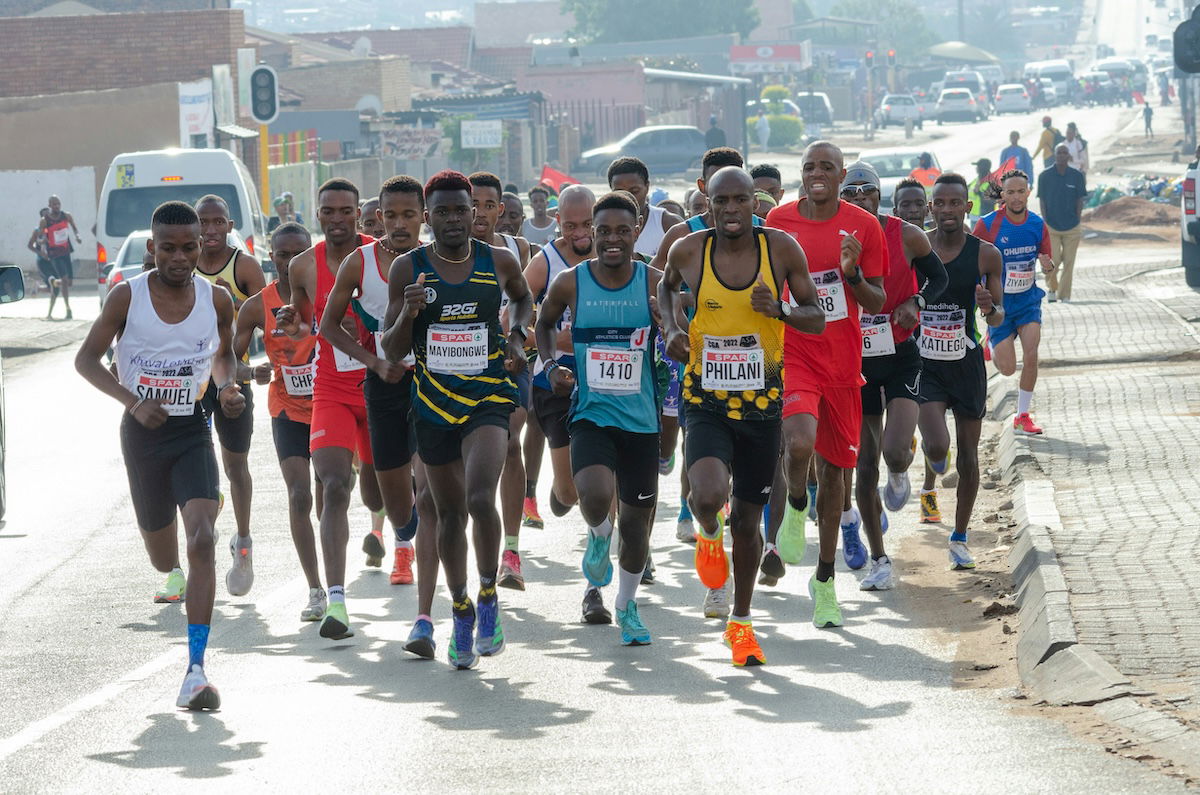
Shot with a Nikon D7000. 150mm, f/13, 1/320 s, ISO 400. Steward Masweneng (Unsplash)
Marathon runners will likely be a reasonable distance from you, so ensure you have a long telephoto lens. A 70-200mm range should do.
Turn on your lens’s image stabilization if it has it. Even the slightest movement at the 200mm end of the lens results in motion blur if your shutter speed isn’t high enough.
[short_roundup products=”23623,24166,25817″ title=”Best 70-200mm Lenses for Marathon Photography” tag=”eproundupshort-20″]
As a rule of thumb, you can take a sharp, blur-free image by setting the shutter speed to a fraction of a focal length. For example, to take a photo at 100mm, you would set the shutter speed to 1/100 s (seconds). Any slower motion blur is likely to occur.
It’s worth noting, however, that this rule is only relevant to full-frame cameras. Due to its magnifying effect, you are better off choosing a speed of 1/160 s for a crop sensor. But 1/500 s is a good shutter speed for moving subjects in broad daylight.
You may also want to use a panning effect (pictured below). This is done by following a subject with your camera. You move the camera at the same speed as the subject so it remains in focus with a blurred background. This can be done with relatively fast shutter speeds.
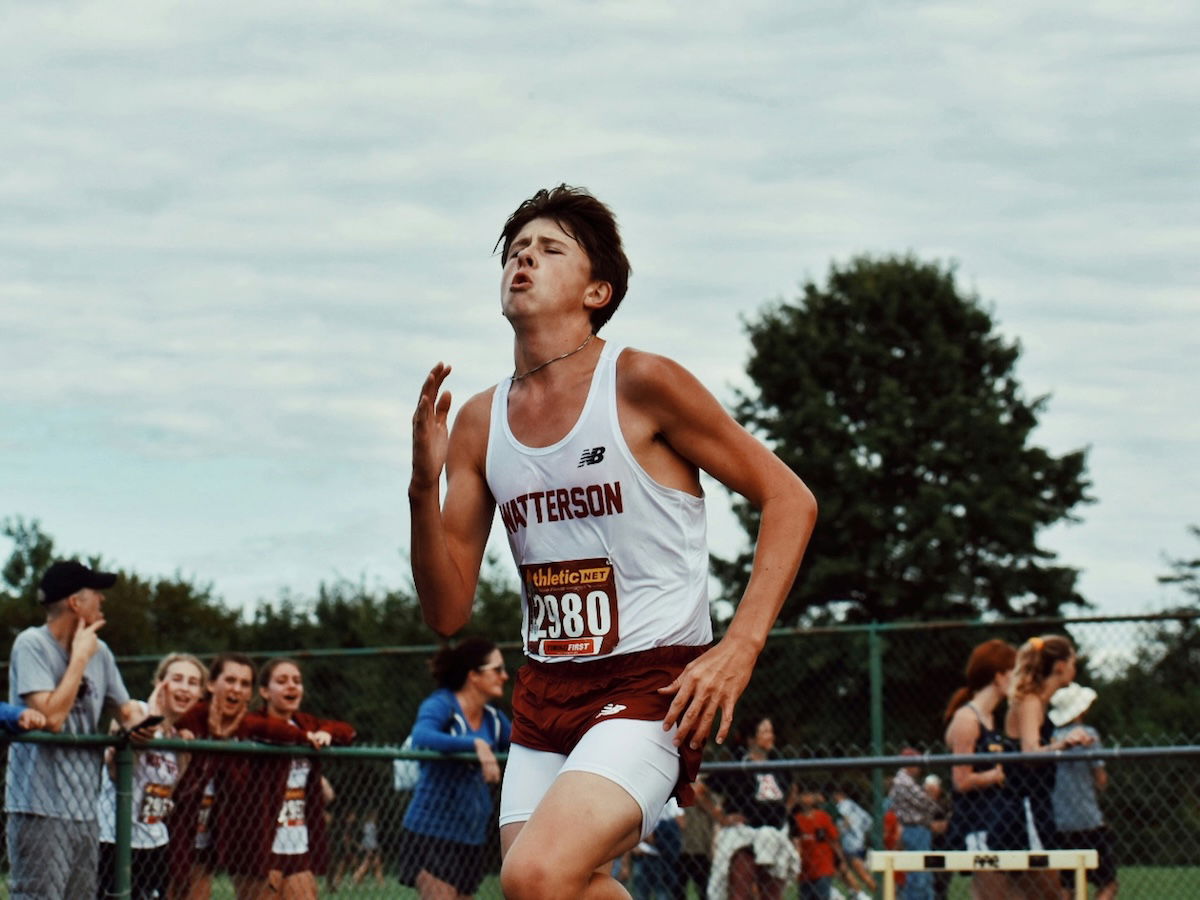
Shot with a Nikon D3400. 70mm, f/6.3, 1/1,600 s, ISO 400. Leah Hetteberg (Unsplash)
When shooting pictures of fast-moving subjects, there’s rarely time to stop and review the photos between shots.
Shooting in burst mode can be considered a “spray-and-pray” technique. But it lets you get as many potentially good shots as possible. You’ve only got one chance to get a photo of someone running past you, so make it count.
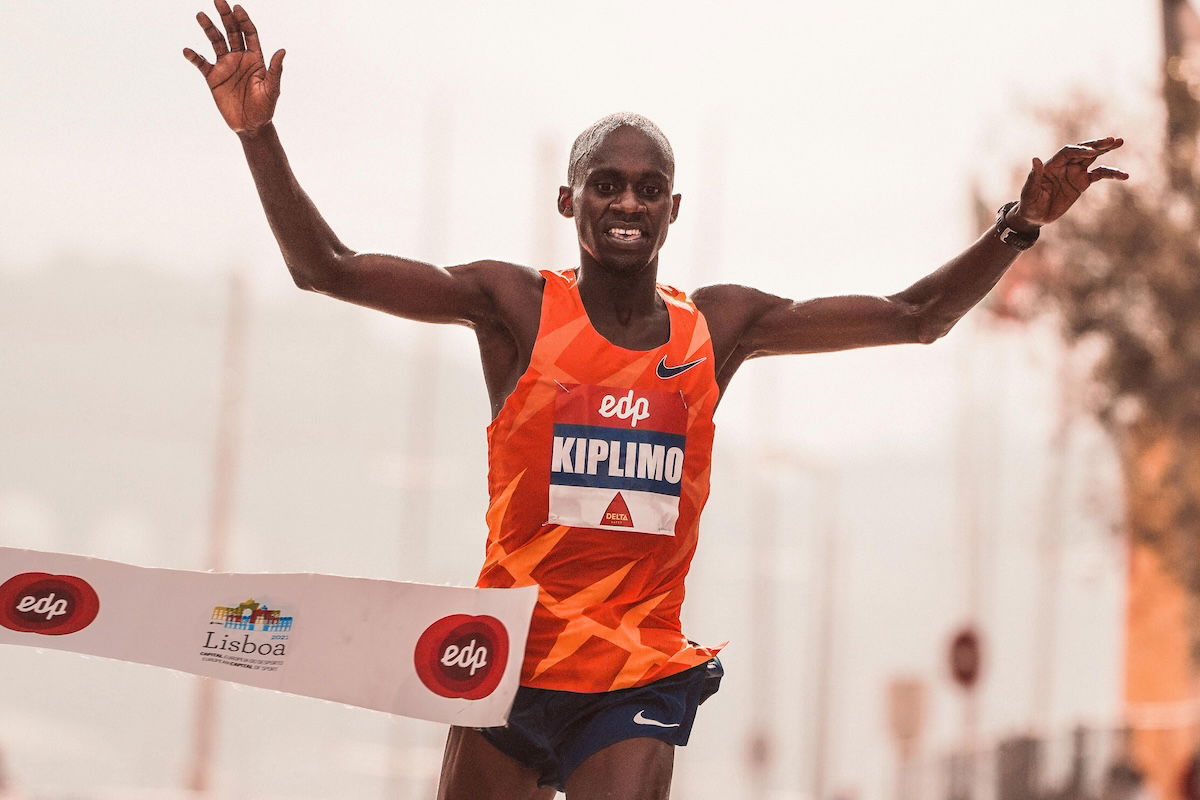
Shot with a Sony a7 III. 294mm, f/5.6, 1/2,000 s, ISO 250. Run 4 FFWPU (Unsplash)
Marathons offer a great opportunity for a detailed, sharp photo of someone with sweat dripping off them. To capture this, your aperture should be around f/8 to f/11, where the lens is usually the sharpest. (It is often sharpest two to three stops down from the max aperture.)
Consider the crowd at a marathon, of which there’s plenty. Do you want them in focus? If not, you may want to widen your aperture.
I recommend a slightly wider aperture. The whole of the torso is in focus, the crowd is out of focus, and the whole image is still relatively sharp.
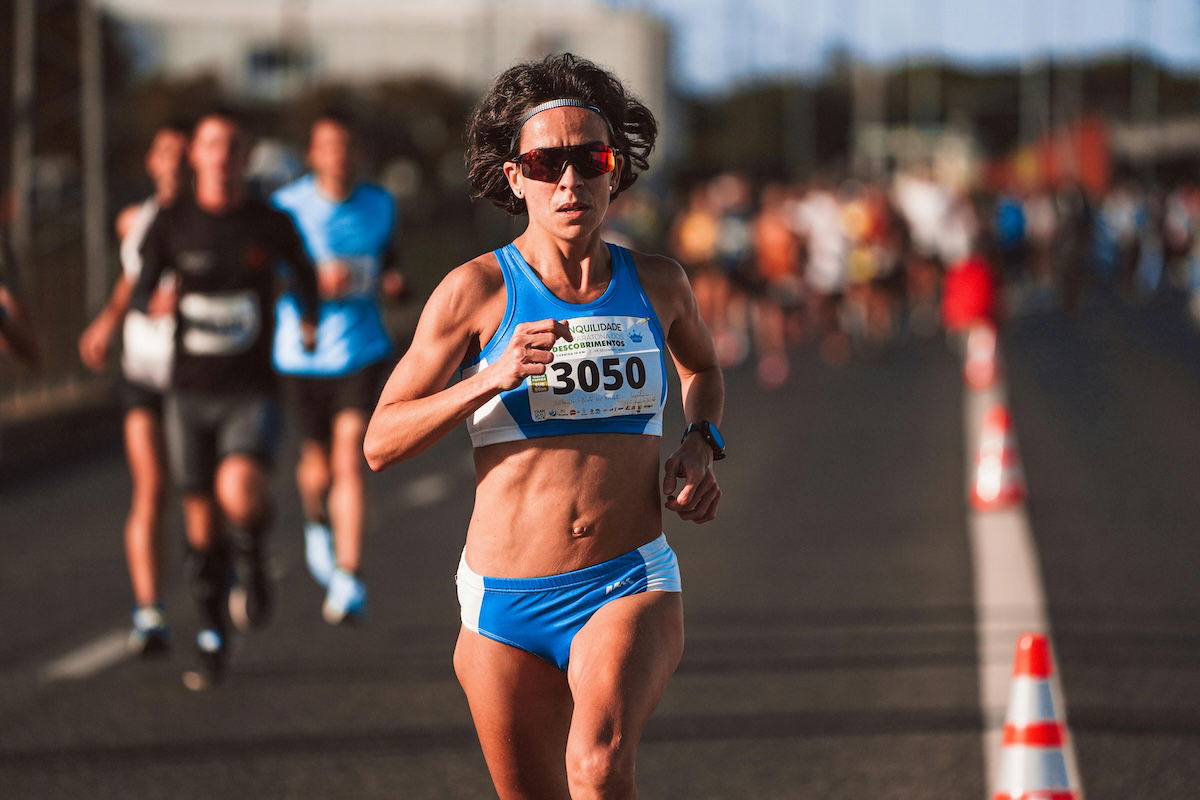
Shot with a Sony a7 III. 309mm, f/5.6, 1/2,000 s, ISO 500. Run 4 FFWPU (Pexels)
Use a low ISO setting for sharper, more detailed images. In broad daylight, you should not need to have it higher than the minimum your camera goes.
On overcast days with a fast shutter and a relatively narrow aperture, it can be a struggle not to underexpose a photo with a low ISO. I recommend upping the aperture to between 200 and 400 on days like these.
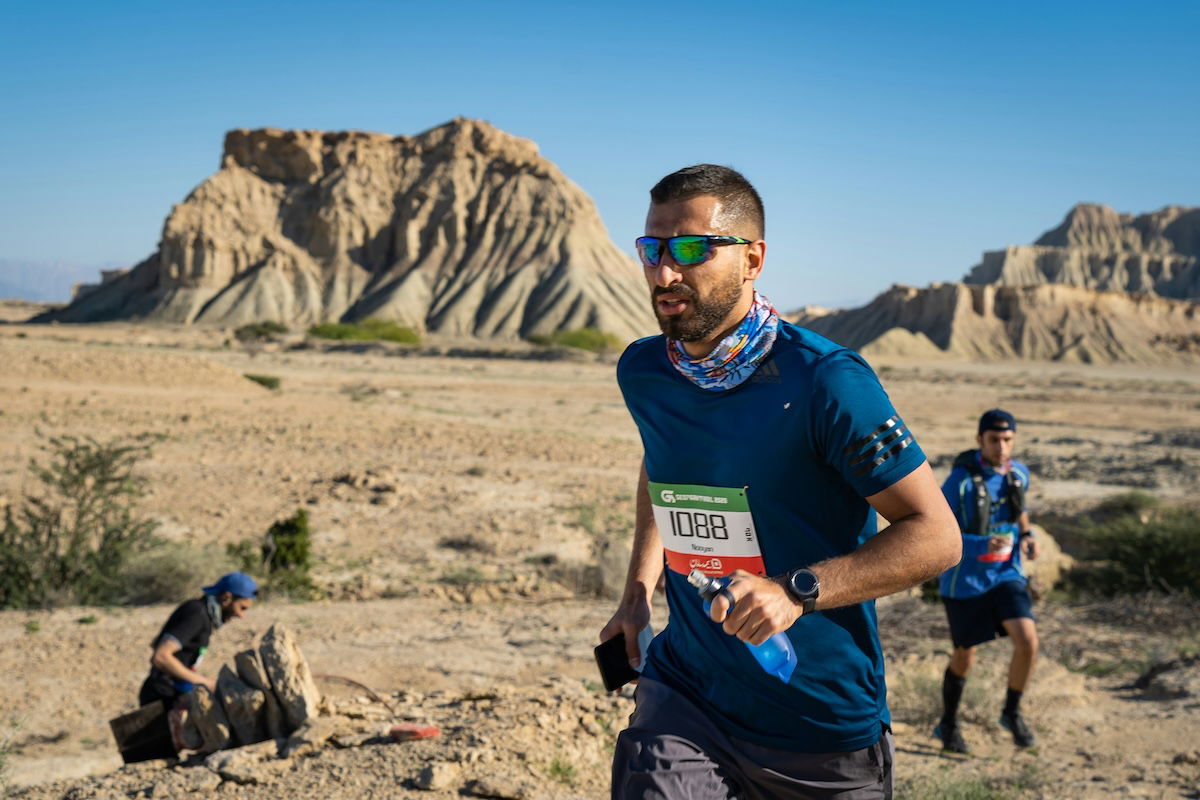
Shot with a Sony a7 III. 64mm, f/6.3, 1/500 s, ISO 100. Kayvan Mazhar (Unsplash)
Switch to your camera’s continuous AF mode if it has it. This is AI Servo mode for Canon users and AF-C (continuous) for Nikon and Sony cameras). This ensures the marathon runners remain focused while you continually photograph them.
In continuous focus mode, the camera measures the subject’s motion. It then correctly sets the focus to where it thinks your subject will be when the shutter opens. It’s not always perfect. But it is much better for shooting runners than other modes, like single-shot mode.
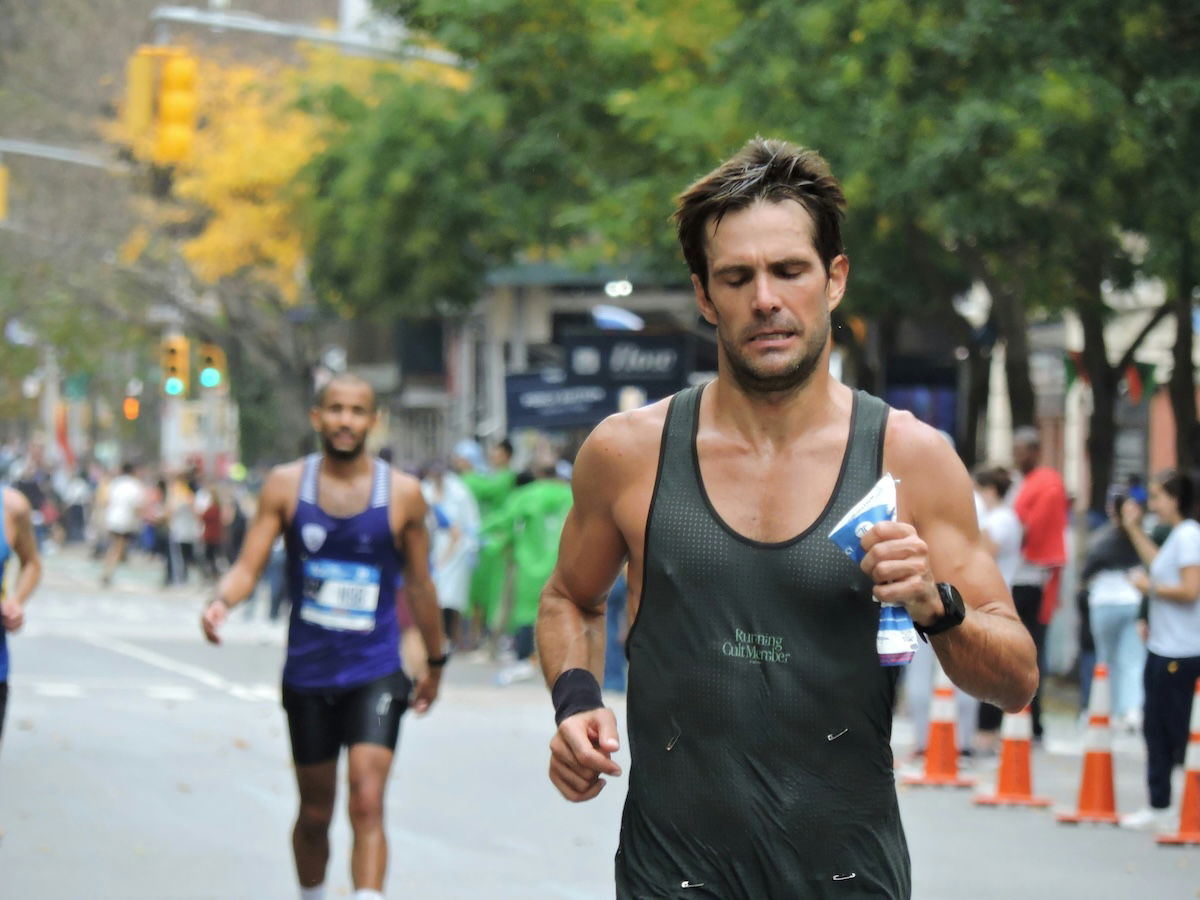
Shot with a Nikon Coolpix P530. 107mm, f/4.9, 1/400 s, ISO 500. Sebastian Enrique (Unsplash)
Generally, avoid shooting a marathon runner’s whole body. Exceptions are groups, runners at the finish line, and people running in interesting outfits. Also, be careful about limbs when framing your shot. If you’re going to get most of the arm in the shot, get it all in.
Consider the crowd as an interesting subject as well. Try to include them in the photos of runners. You can sometimes get good interactions or reactions with friends, family, volunteers, or others cheering them on.
[imageblock]
[image src=”https://cdn.expertphotography.com/wp-content/uploads/2018/03/marathon-photography-runner-crossing-finish-line.jpg” alt=”A full-body shot of a runner crossing the finish line as an example of marathon photography” title=”Full-body Shot”]
[image src=”https://cdn.expertphotography.com/wp-content/uploads/2018/03/marathon-photography-crop-two-girls.jpg” alt=”Medium shot of two young runners with bibs as an example of marathon photography” title=”Medium Shot”]
[image src=”https://cdn.expertphotography.com/wp-content/uploads/2018/03/marathon-photography-crowd-of-runners-from-above.png” alt=”https://cdn.expertphotography.com/wp-content/uploads/2018/03/marathon-photography-crowd-of-runners-from-above.png” title=”Wide Shot”]
[/imageblock]
Unsplash photos by Capstone Events, Leah Hetteberg, and Chad Stembridge. (Left) Canon EOS 5D Mark IV, 16mm, f/4.5, 1/1,600 s, ISO 100. (Middle) Nikon D3400. 70mm, f/7.1, 1/2,000 s, ISO 400. (Right) Canon, EOS 5D Mark IV, 155mm, f/2.8, 1/2,500 s, ISO 200.
It can get pretty crowded at a marathon. There’s no way there’s room for you, your camera bag, and a tripod! Monopods help with vertical stabilization. Some monopods can even double as walking sticks between positions during the 26-mile race.
Monopods also take up much less room than a tripod and are much easier to maneuver. They add that little extra stabilization required when shooting at a long focal length.
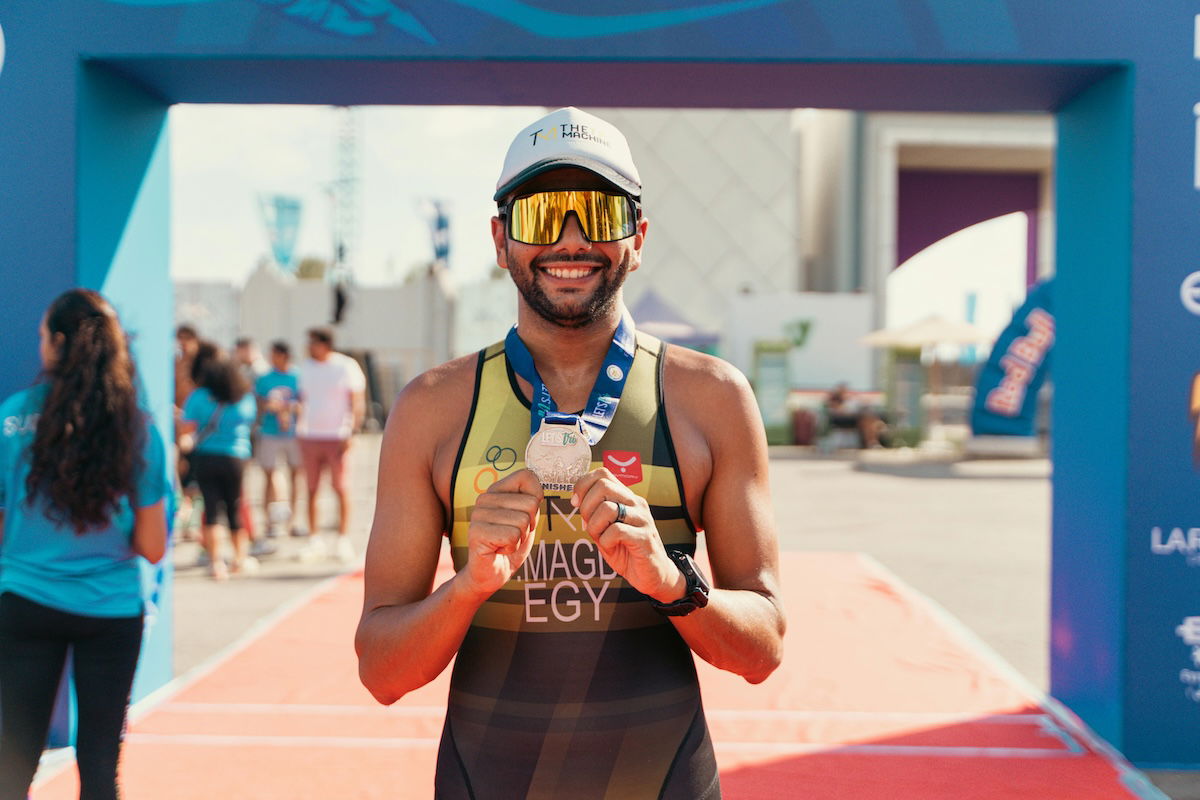
Shot with a Sony a7 III. 48mm, f/2.8, 1/500 s, ISO 640. Omar Magdy Tri (Unsplash)
Crowds of people will surround you, so keep your equipment safe and travel light if possible. You’ll also be outside, so be prepared for any rain. The weather can turn at any time. At the very least, carry a backpack so the camera can go away if necessary.
And remember to be respectful of the runners. Try not to lean over barriers too far, and be aware that runners can trip and fall at any time, and you and your equipment may be in the way.
[short_roundup products=”36549,72046″ title=”Recommended Photograph Accessoreis for Marathon Photography” tag=”eproundupshort-20″]
Consider location, use the right camera settings, and be mindful of your surroundings. By doing so, you’ll capture stunning marathon photographs that truly showcase the event’s spirit. Elevate your marathon photography to new heights by practicing with our tips!
[highlight type=”short” price=”no” toc=”no” title=”Photography Unlocked” badge=”eBook” product=”30937″]Unlock your camera’s full potential with this guide:
[/highlight]